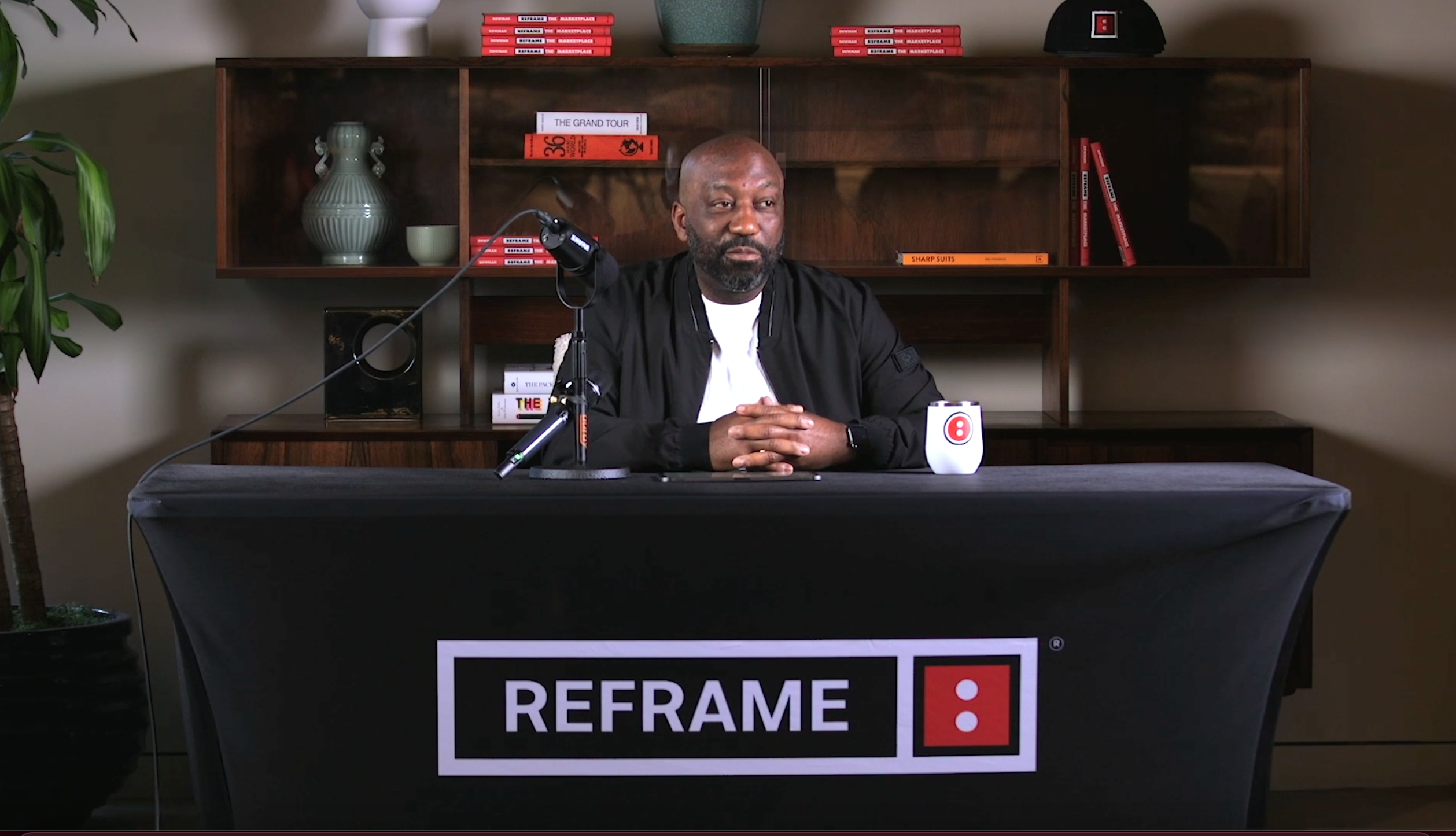
Culture Change Management: How to Change Your Organization’s Culture in 5 Steps
To attract the best talent, you need to create a competitive workplace. As companies continue to navigate the unique challenges of a post-COVID world, creating a culture where employees from all backgrounds feel safe and valued is extremely important.
Read on to learn about culture change management and how you can change your organization’s culture for the better.
Why is organizational culture so important?
In the past few years, organizational culture has become a buzzword that organizations use as a way to attract the most skilled employees, but so many times organizations fall short of providing a fulfilling company culture because they don’t understand what it means. Nor do they understand their own culture.
Organizational culture refers to the values, expectations, and practices adopted by an organization. It’s important because it fosters a healthy environment where employees feel valued. If your employees feel respected and included, they’re more likely to be engaged with your organization and its overarching mission.
Senior managers often find it difficult to identify whether their organizational culture is positive especially if they don’t interact with employees from all departments on a day-to-day basis.
What is culture change management?
Culture change management refers to an organization’s approach to changing culture. Like other types of change, culture change needs to be addressed in a strategic and organized manner to ensure that any changes implemented are effective.
Culture change management can be especially tricky to implement as the success of this change is largely down to how your employees react and adapt to any initiatives which are (for the most part) out of your control.
How to change your organization’s culture
Now that you know what organizational change and culture change management are and why they’re important, let’s look at simple but effective ways that you can start changing your organization’s culture for the better.
1. Define your values
If you haven’t already, take the time to define your values. Once you’ve done this, you should then speak to your internal communications team which can develop and run campaigns that will encourage employees to start adopting these values.
Examples of strong cultural values that help create a safe work environment include:
- Respecting all employees: Without mutual respect, it can be difficult for employees to communicate and work with others.
- Customer commitment: For most companies, one of the biggest priorities is making sure that customers are satisfied. Make sure your employees understand this so that they can actively work to provide the best service possible.
- Corporate social responsibility: Cultural social responsibility (CSR) isn’t just a value, it’s a business model that corporations follow to make sure that they are accountable for their impacts on society on a micro and macro level. An example of this at a micro-level is sourcing local foods for your company’s cafeteria. On a macro level, however, it could be something like introducing a cycle-to-work scheme to reduce the company’s carbon footprint.
- Staff wellbeing: Offering employees generous medical insurance reassures your staff, increases employee engagement and increases employee retention.
2. Review or create standard operating procedures
Your company’s culture can sometimes be improved with something as simple as reviewing or even creating new standard operating procedures.
Standard operating procedures are not only great for documentation purposes, but they ensure that each one of your employees is aligned with your vision for delivering work and performing everyday work activities.
It can also help employees who are new to settle in more quickly to your company as they already have the information they need to start performing their responsibilities.
The quicker your employees can start fulfilling their job responsibilities, the less tension there is between existing employees and new employees who are still learning the ropes as new employees can work more efficiently.
Finally, standard operating procedures help to set the standard of work expected from employees while simultaneously communicating the vision of the company to employees who have less interaction with senior management.
3. Talk to your employees to understand what’s working and what isn’t
The best way to understand your company’s existing organizational culture is to talk to your employees.
Make sure to talk to employees from all seniority levels, different backgrounds, and teams to get a more comprehensive view of your organization’s culture as it stands, and have a list of questions prepared to help you identify the most important bits of information.
Examples of questions you can ask to learn more about your workplace culture include:
- Do you feel rewarded by us?
- Do you think that our arrangements are flexible?
- What are the benefits of working here?
4. Introduce a corporate wellness system
As more corporations are starting to understand the importance of mental health and how it contributes to employee happiness and productivity, employers taking action and introducing corporate wellness systems.
Adopting a corporate wellness system can be incredibly beneficial for both the employer and employee but the success of its implementation relies on the employer’s ongoing approach to managing workplace wellness.
Fundamentally, by introducing and encouraging the usage of your wellness system, you will create a more transparent environment where employees don’t feel as though they are 100% responsible for poor mental health. In other words, it communicates to your staff that you accept that you’re also responsible for looking after your employee’s mental health.
5. Take steps to create a more inclusive environment
It’s vital for employers to implement policies and procedures that champion inclusivity and make every employee feel like their voice is heard. At Reframe, we work with business leaders to transform their organisation’s culture with a focus on creating an Inclusive Employee Experience (IEX). Find out more about the services we’re offering.
Related Blog Articles






